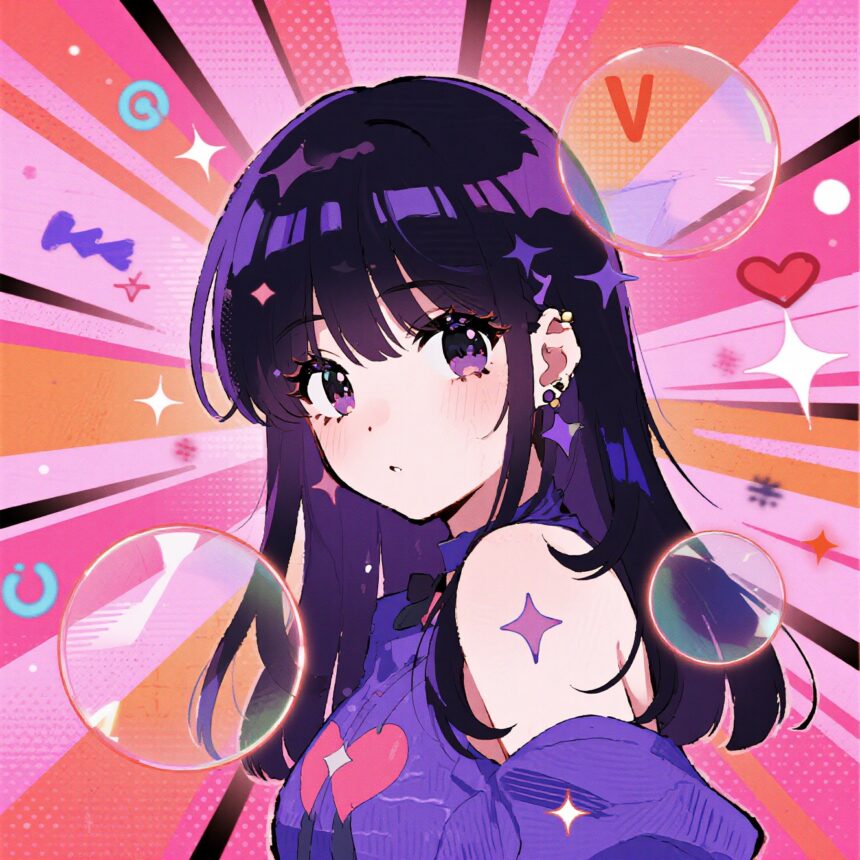In the ever-evolving world of anime, certain styles and trends capture the hearts of audiences like no other. One such phenomenon is Doujen Moe, a term that has recently sparked curiosity among anime enthusiasts and art critics alike. Combining nostalgia, modern artistry, and an emphasis on emotional resonance, Doujen Moe represents a distinct aesthetic that is reshaping how viewers experience anime.
What is Doujen Moe?
At its core, Doujen Moe is an aesthetic style that emphasizes innocence, vulnerability, and emotional expressiveness in character design. While “Moe” has long been associated with feelings of affection for endearing characters, the Doujen Moe style goes a step further, blending traditional anime traits with subtle, contemporary refinements. This results in characters that are both visually appealing and emotionally engaging.
Unlike conventional Moe, which often exaggerates cuteness, Doujen Moe balances charm with depth. Characters may display playful traits, but their expressions, gestures, and even background interactions often hint at more complex emotional narratives. This creates a richer, more immersive experience for the viewer.
Key Characteristics of Doujen Moe
-
Expressive Eyes and Subtle Gestures
One hallmark of Doujen Moe is its focus on the eyes. Large, sparkling eyes have always been a staple of anime, but in this style, they are paired with delicate facial expressions and micro-gestures. A slight blush, a hesitant glance, or a small smile can convey a wealth of emotion, making characters feel more relatable and alive. -
Soft Color Palettes
Doujen Moe often features pastel and muted color palettes, giving scenes a gentle, dreamlike quality. The colors evoke warmth and serenity, drawing viewers into a world that feels both comforting and enchanting. -
Attention to Detail
Every element, from hair highlights to clothing textures, is meticulously designed. This attention to detail enhances the realism of the characters while maintaining the exaggerated charm that defines Moe aesthetics. -
Narrative Depth Through Design
Unlike purely visual styles, Doujen Moe integrates storytelling into character design. Expressions, posture, and clothing often reflect a character’s personality, backstory, or mood, allowing viewers to understand and empathize with them without explicit dialogue.
Why Doujen Moe Appeals to Modern Audiences
In a fast-paced digital age, audiences crave emotional connection. Doujen Moe provides this by combining visual beauty with emotional authenticity. Whether through a character’s shy smile or a subtle tear, viewers are drawn into their experiences, forming a deeper attachment to the story and its world.
Additionally, the rise of Doujen Moe coincides with the growing popularity of digital art platforms and fan communities. Artists experiment with the style, pushing boundaries and creating diverse interpretations, which keeps the aesthetic fresh and continually evolving.
The Future of Doujen Moe
As anime continues to evolve, Doujen Moe is likely to influence not only character design but also broader storytelling techniques. By emphasizing emotional nuance and artistic subtlety, it challenges creators to craft experiences that resonate on a personal level with viewers.
Moreover, the style’s adaptability makes it ideal for various media formats, from traditional anime series to webcomics, mobile games, and virtual avatars. Its charm lies in its ability to evoke empathy, making it a lasting trend in modern Japanese pop culture and beyond.
Conclusion
Doujen Moe is more than just a visual trend—it is a celebration of emotional storytelling through art. By merging the innocence of traditional Moe with nuanced expressions and contemporary design, it creates characters that are unforgettable, relatable, and visually captivating. For anime enthusiasts, Doujen Moe offers a refreshing lens to experience the genre, highlighting the beauty of subtlety, charm, and heartfelt emotion.








